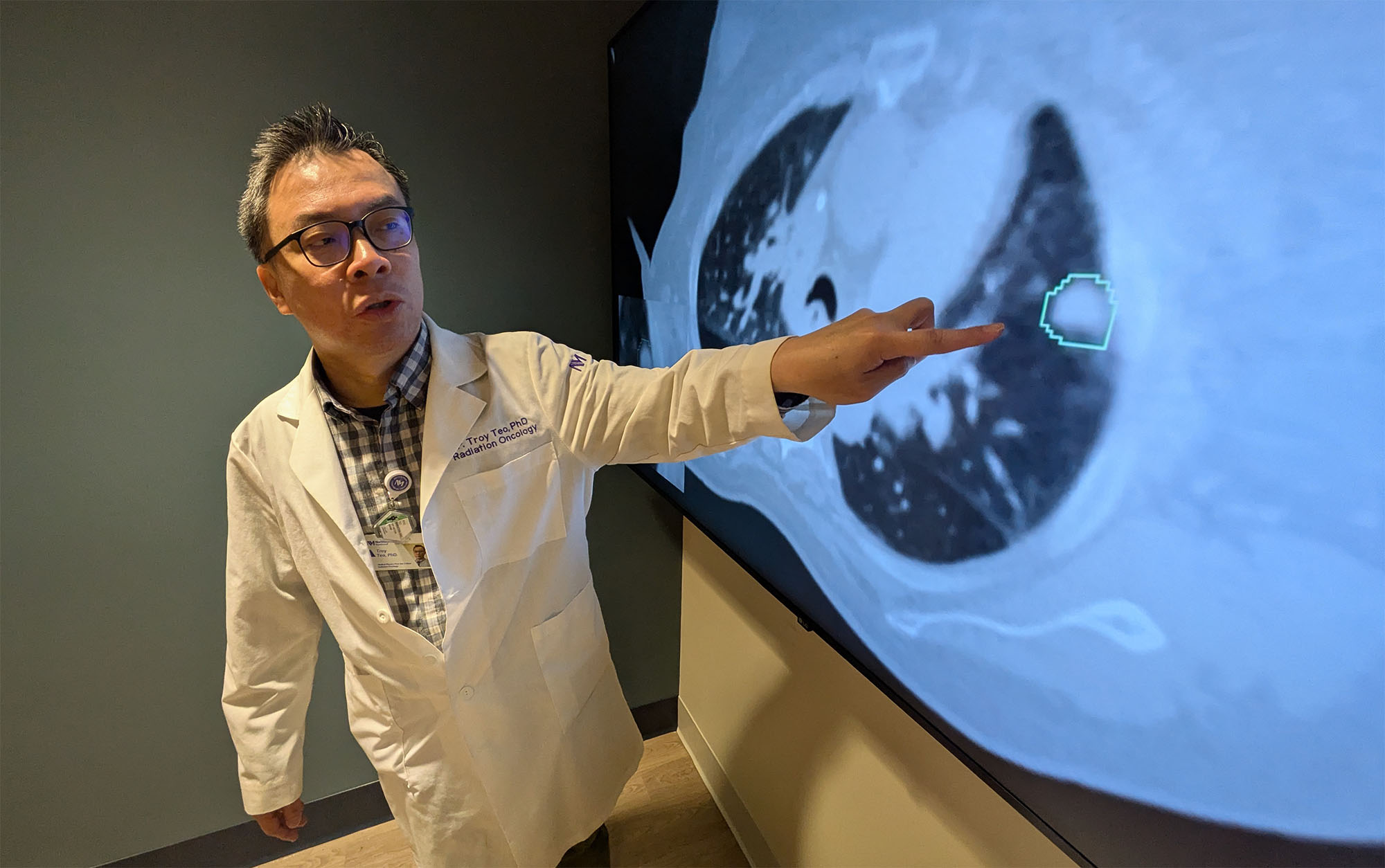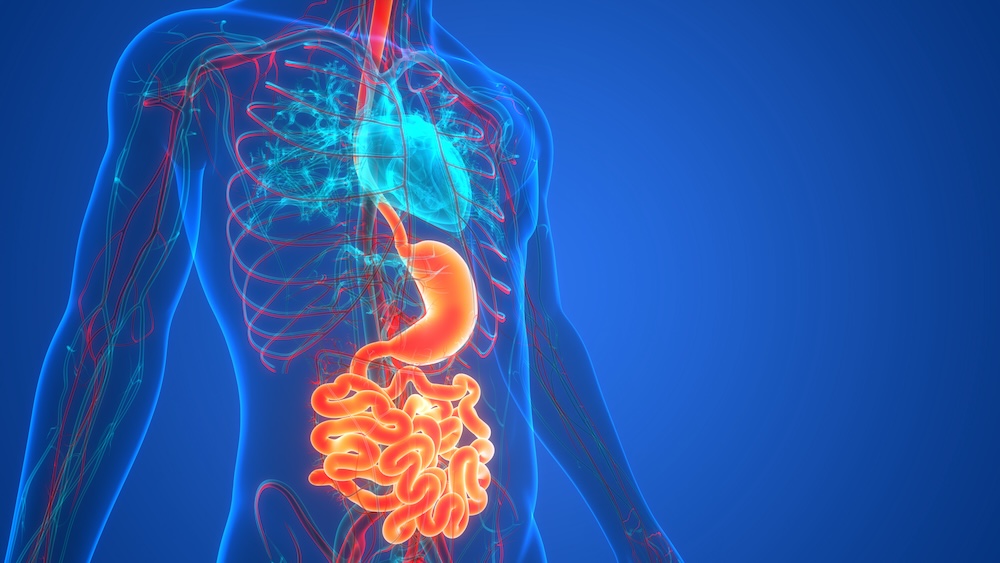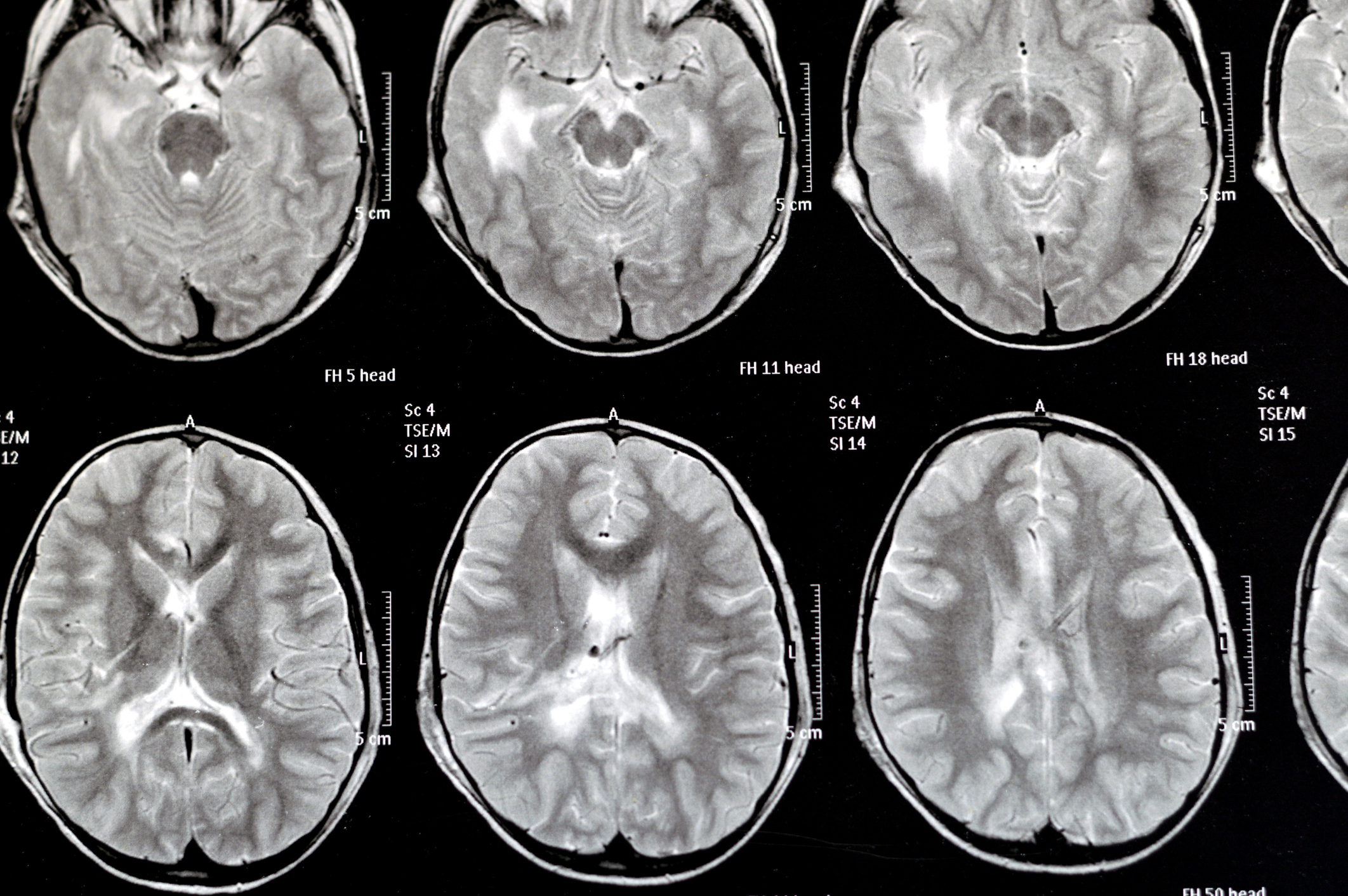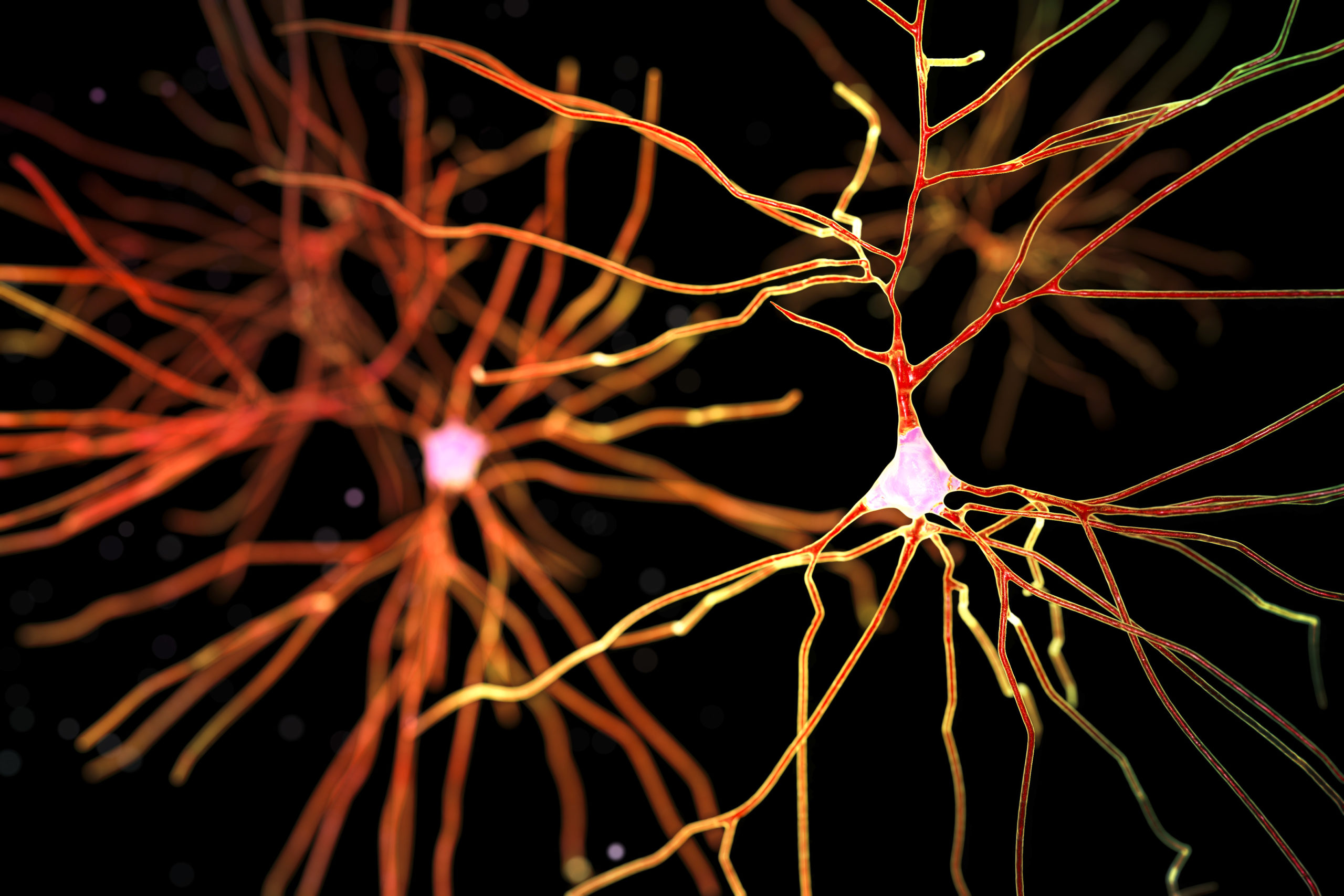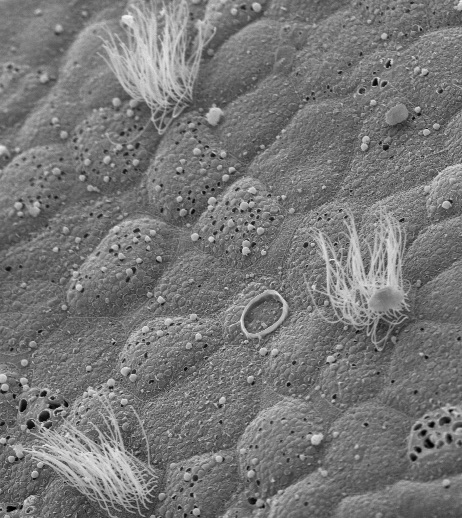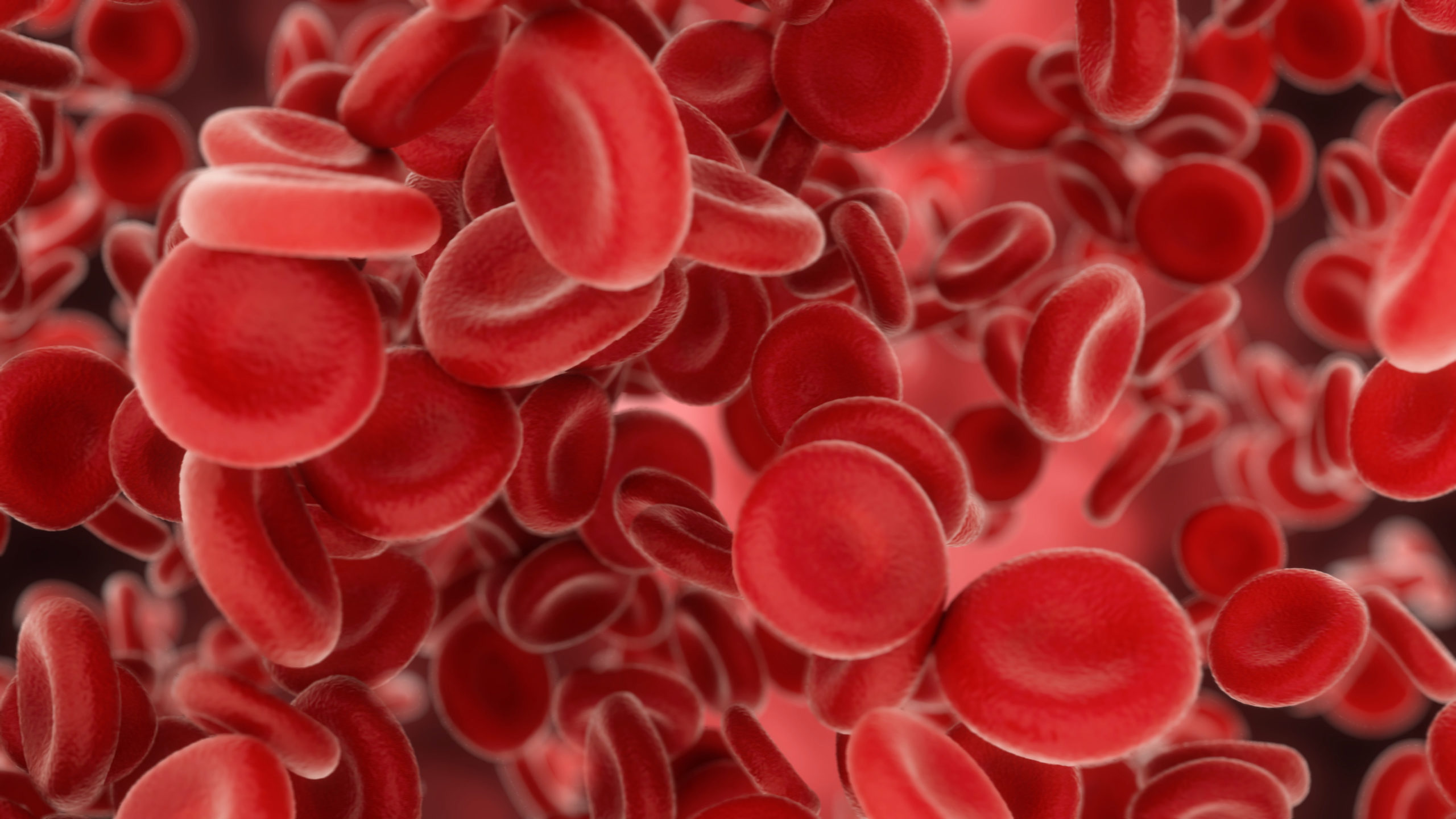Investigators from the laboratory of Ali Shilatifard, PhD, the Robert Francis Furchgott Professor and chair of Biochemistry and Molecular Genetics, have developed a novel technique to efficiently and dynamically label chromatin-binding proteins at specific genomic sites in the mammalian genome, as detailed in a recent study published in Molecular Cell.
The technique, called TurboCas, may allow scientists to more precisely and efficiently study transcriptional regulation, which has the potential to contribute for the development of new therapeutic strategies targeting gene expression.

“This revolutionary methodology, which we and the field have been trying to develop for the past 20 years, is going to change the way we define gene specific regulation of transcription. Now we can identify a region of the genome that is a diseased region and molecularly define what’s really going on in there,” said Shilatifard, who is also director of Feinberg’s Simpson Querrey Institute for Epigenetics and leader of the Cancer Epigenetics and Nuclear Dynamics Program at the Robert H. Lurie Comprehensive Cancer Center of Northwestern University.
The motivation behind developing TurboCas stemmed from a longstanding challenge of labeling proteins at a single point in the genome. The new technique allows scientists to map a complete set of proteins interacting with a specific genomic region in mammalian cells with higher specificity, sensitivity and temporal control than previous methods.
“Traditional methods like chromatin immunoprecipitation followed by sequencing allowed us to identify where specific proteins bind across the genome. However, these techniques are limited because they typically analyze one protein at a time, require large numbers of cells and capture only static snapshots of protein-DNA interactions,” said Bercin Cenik, PhD, research assistant professor of Biochemistry and Molecular Genetics and a co-first author of the study. “With these limitations in mind, we sought to develop a proximity labeling technology that would allow for rapid, specific labeling of chromatin-binding proteins at single loci without interfering with normal transcriptional processes.”
TurboCas combines the catalytically dead Cas9 (dCas9) – a mutated version of the Cas9 protein that can’t cut DNA but can still bind to specific DNA sequences – with a proximity labeling enzyme called miniTurbo to efficiently label chromatin-binding proteins at specific genomic sites.
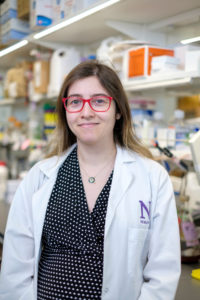
Unlike previous techniques which require multiple single guide RNAs (sgRNAs) – a short sequence of RNA that functions as a guide for Cas-proteins – or that rely on repetitive genetic sequences to amplify signals, TurboCas uses a single sgRNA to reduce potential interference with the transcriptional machinery in the genome.
“miniTurbo allows for rapid proximity labeling in 30 minutes, compared to previous iterations of proximity labeling enzymes that required overnight labeling,” Cenik said.
TurboCas also enables the study of protein interactions at specific genomic regions under different cellular conditions, such as stress responses, which can inform the development of therapeutic strategies that target gene expression, according to the authors.
Additionally, the authors performed a proof-of-concept study to label the promoter of a stress response gene, FOS. They identified differential protein interactors of the locus in the presence and absence of heat shock.
“Our goal was to create a molecular tool that combines precise genomic targeting with efficient and rapid proximity labeling to advance our understanding of how cis-regulatory elements control gene expression,” Cenik said. “By overcoming the challenges associated with single-locus labeling, we aimed to enable dynamic mapping of all proteins interacting with specific genomic regions under various cellular conditions, enhancing our ability to study gene regulation with greater specificity and temporal resolution.”

“We further performed a functional test for select proteins that TurboCas identified. With this test we validated that TurboCas is very powerful, and it allows for finding an important protein that functions at a specific place in the genome. Any researchers who are interested in chromatin proteins will benefit from TurboCas,” said Yuki Aoi, PhD, assistant professor of Biochemistry and Molecular Genetics and co-first author of the study.
Moving forward, Cenik said her team aims to expand the applications of TurboCas and refine its methodology to maximize its impact on genomic research.
“By exploring its use in studying enhancers, silencers, and other non-coding elements involved in gene regulation, we hope to uncover new insights into the complex mechanisms controlling gene expression,” said Cenik, adding that they also plan to investigate the functional characterization of the novel proteins they identified through TurboCas.
“By performing detailed studies on these proteins, we aim to elucidate their roles in gene regulation and cellular physiology. This could lead to the discovery of new regulatory pathways and potentially identify novel therapeutic targets,” Cenik said.
This work was supported by the National Cancer Institute Outstanding 11 Investigator Award grant R35CA197569.

